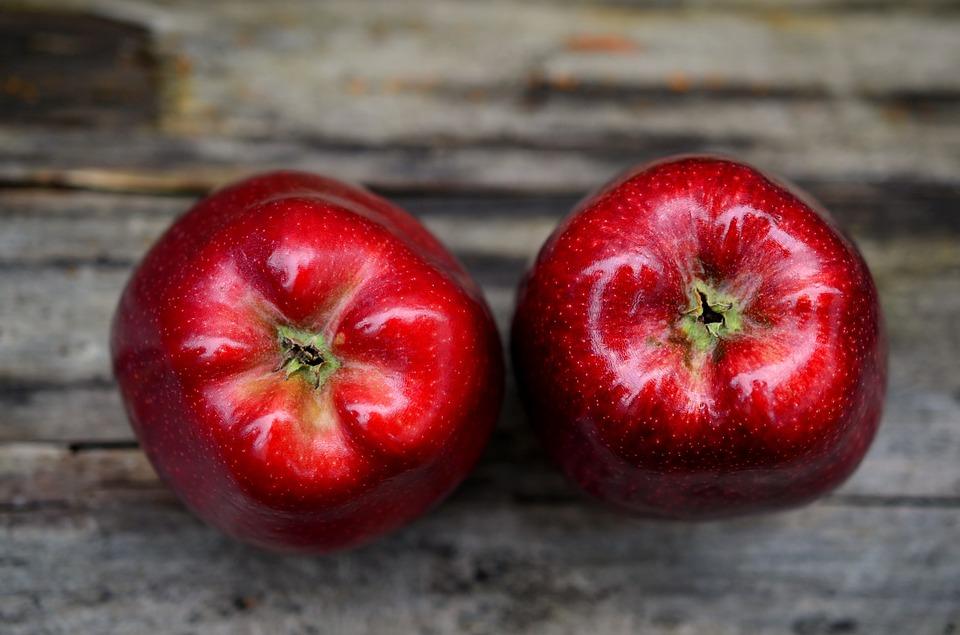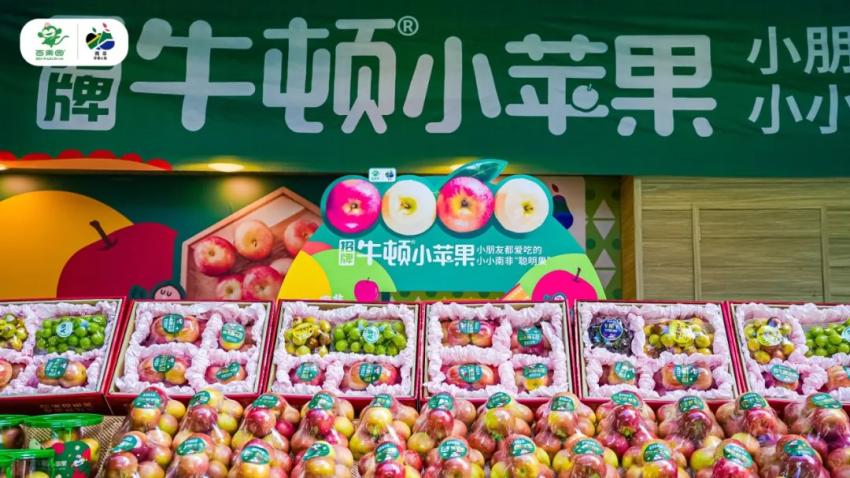You are here
Back to top2017 Year in Review: China's Fresh Apple Exports

According to customs statistics, in 2017, export volume of Chinese fresh apples reached 1.33 million tons and accumulated a value of USD 1.46 billion. Compared with 2016, year on year growth of export volume was down 0.33%, while export value fell 0.64%. The unit price was USD 1091.2 per ton, down 0.32% year on year. Moreover, the top six export markets for Chinese apples were Bangladesh (169 thousand tons), the Philippines (132 thousand tons), India (131 thousand tons), Thailand (118 thousand tons), Indonesia (117 thousand tons) and Vietnam (106 thousand tons). Apple exports to Vietnam reached USD 1651.8 per ton, the highest recorded in 2017. In contrast, apple exports to Bangladesh achieved the lowest unit price of the year (USD 655.6 per ton). China’s top three domestic apple production areas in terms of export volume were Shandong province, Yunnan province, and Shaanxi province.
The export of Chinese apples exhibited growth during the first half of 2017 and then declined in the second half. For the first six months, a decline in the unit price of apples boosted exports, especially in the Indian market. In January and May, the unit price of apple exports decreased by USD 100 per ton compared with the same period last year, which grew the export volume to 626 thousand tons, up 4.2% year on year. Exports to India reached 131 thousand tons, a year on year increase of more than 100%. On June 1, 2017, due to the presence of harmful organisms, India enacted a ban on Chinese apples. The export price of Chinese apples was impacted considerably and reportedly dropped to USD 100 per ton immediately after the ban was announced. There is still no accurate information on when India, the largest export market of Chinese apples, will lift the embargo. The ban will be the biggest drawback to apple’s exports in 2018.
Meanwhile, the gradual recovery of the Indonesian market is undoubtedly a boon to China’s apple exports. In 2017, China’s exports to Indonesia reached 117 thousand tons, up 30.3% from 2016—the highest figures in five years. Indonesia remains a traditional export market for Chinese apples. Before 2012, annual apple exports to Indonesia lingered around 150 thousand tons. Afterwards, the Indonesian government adopted apple import quotas that caused a rapid decline of Chinese apple exports with less than 60 thousand tons imported in 2015. Since 2016, however, through joint efforts of the Chinese government and private sector, exports have begun to recover. The Indonesian market is expected to sustain growth recovery moving forward.
In the Chinese domestic market, apart from diminishing production in Shandong province, production of the three major producing provinces in the northwest region is greater than previous years. Total production in 2017 peaked at 44 million tons, slightly higher than in 2016. At present, the domestic market faces problems from monoculture practices, overstocking of cold storage and slow sales. In addition, the futures market for apples continues to wane. The latest price of the main 1805 contract fell to RMB 7,487 per ton, down 8% from the opening price. The drop in the price of futures implies that the market will remain pessimistic about apples during the first half of 2018.















Add new comment